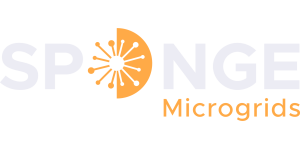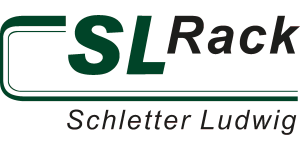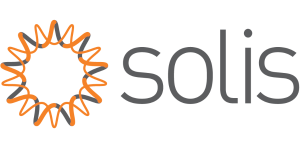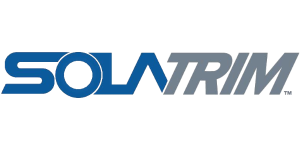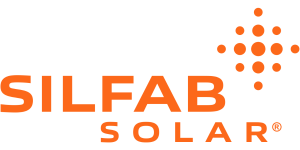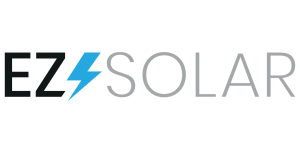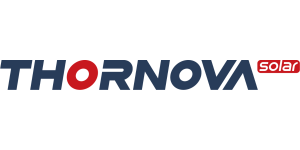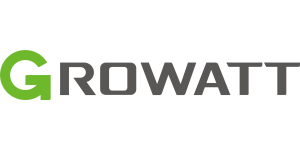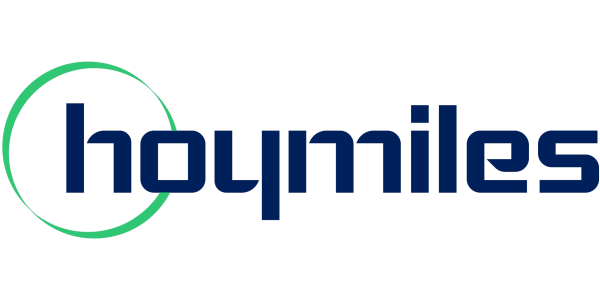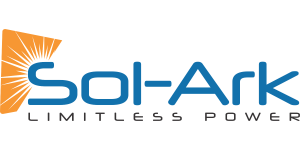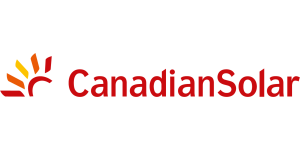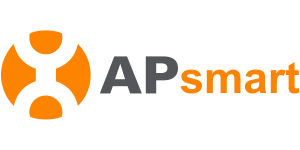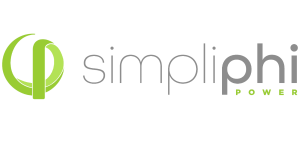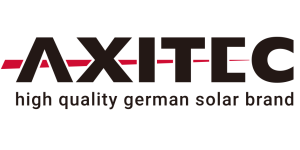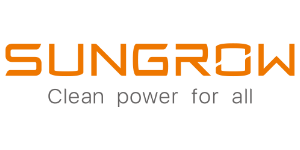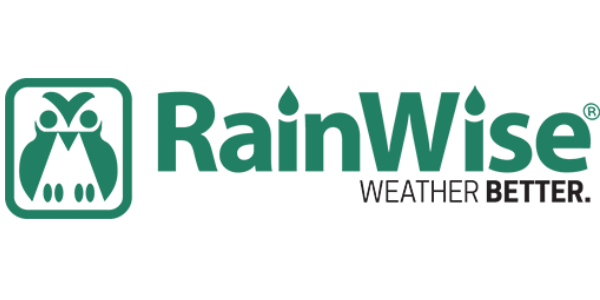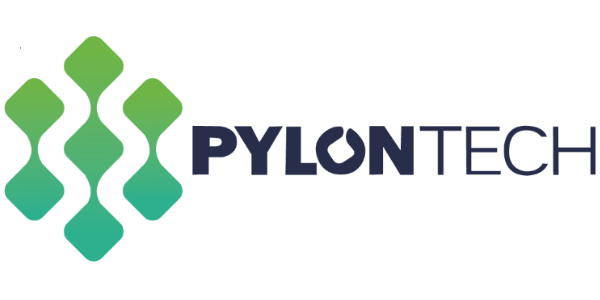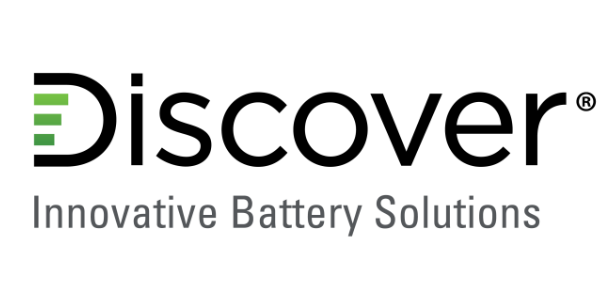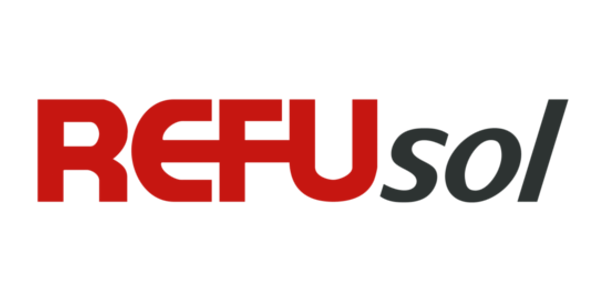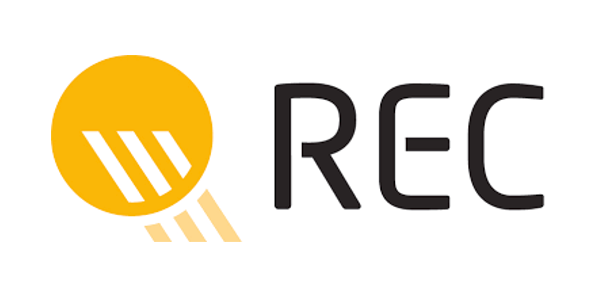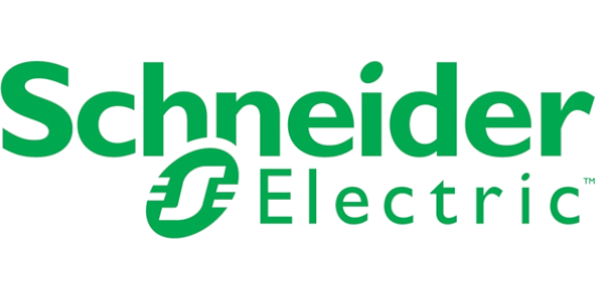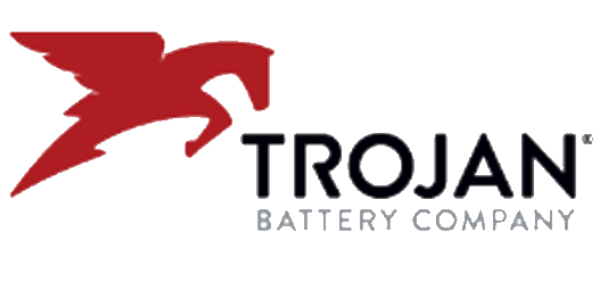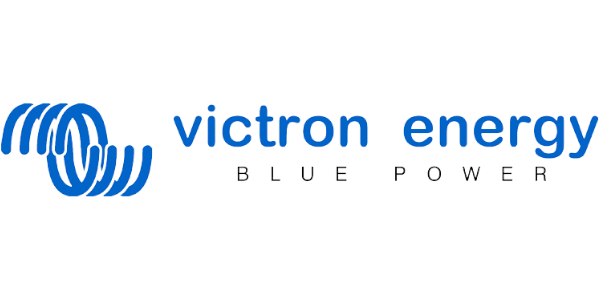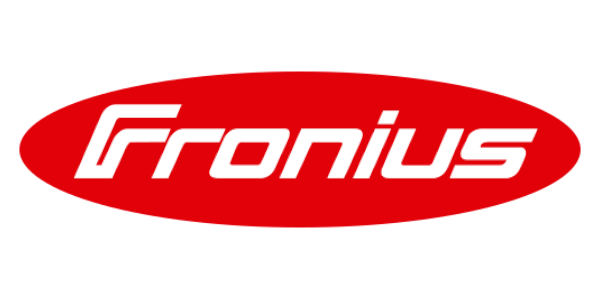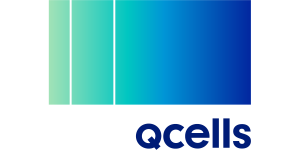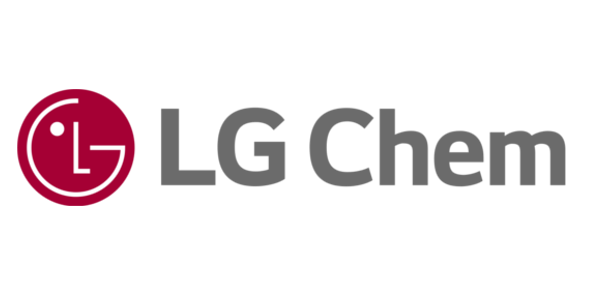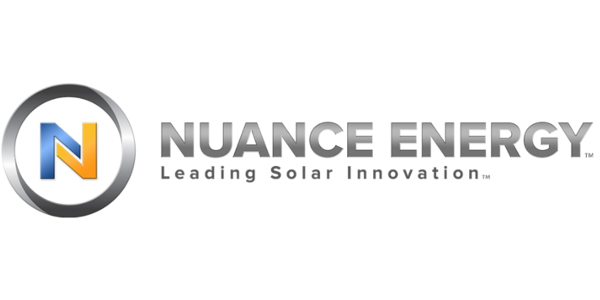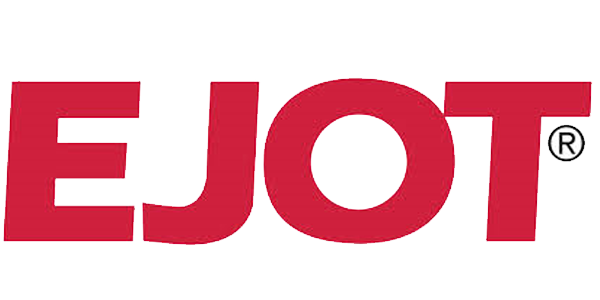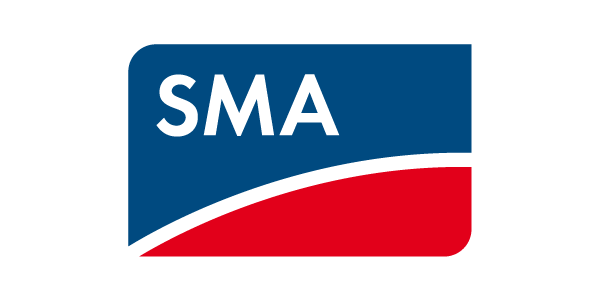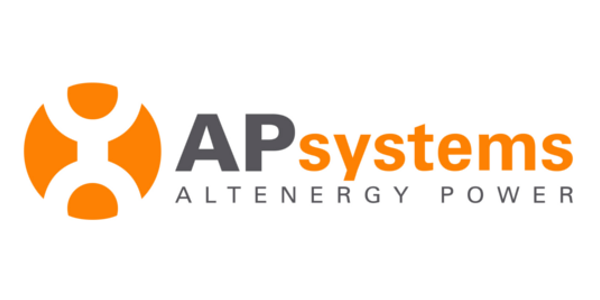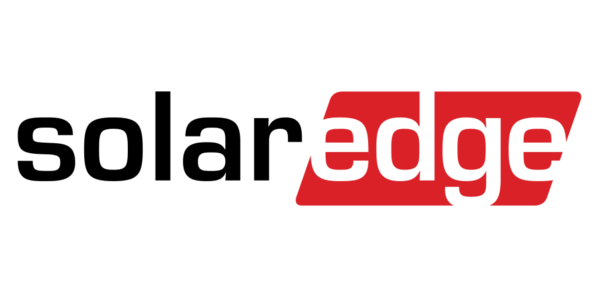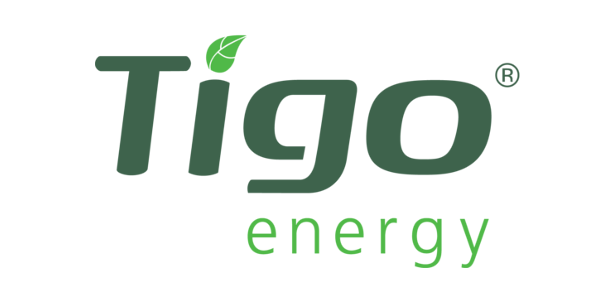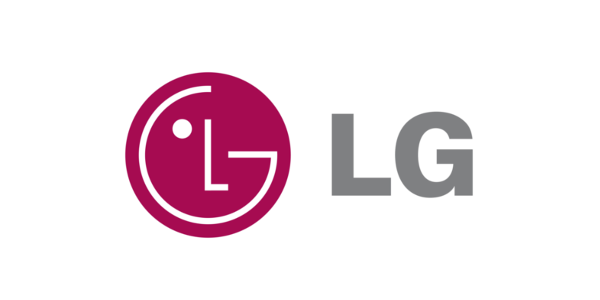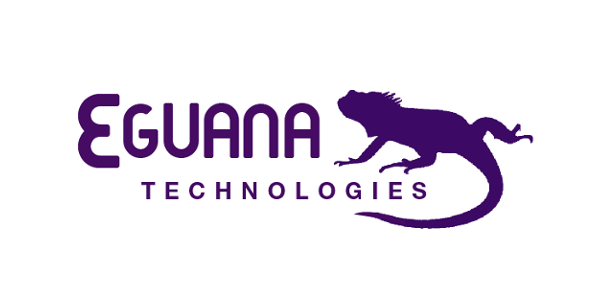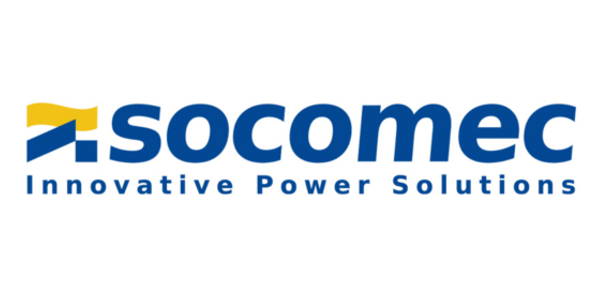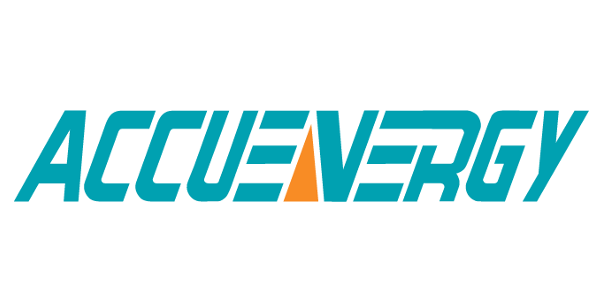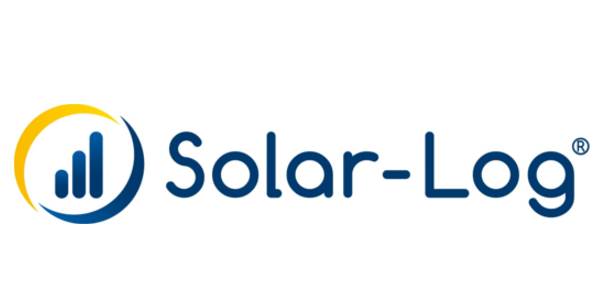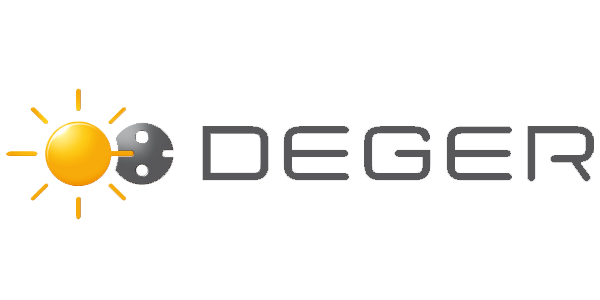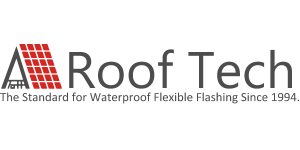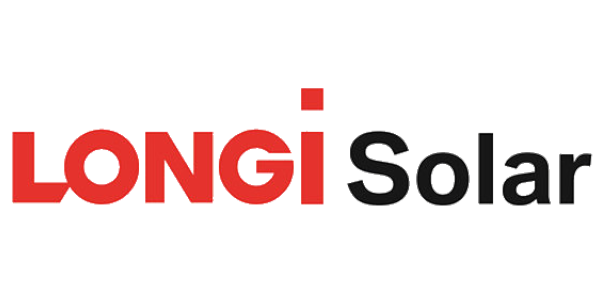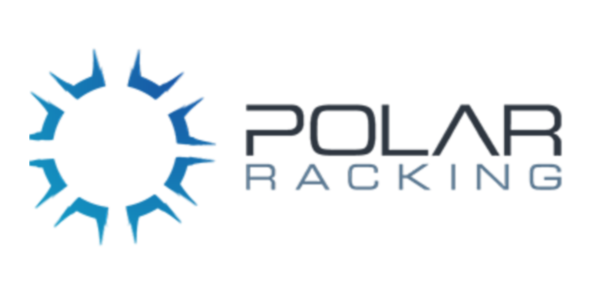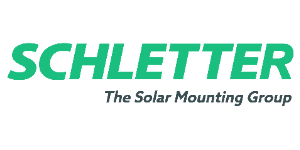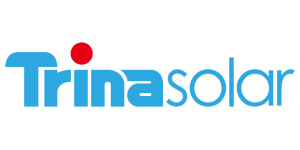This guide will walk you through the SaveOnEnergy Retrofit Program’s Solar Photovoltaic (PV) Distributed Energy Resources (DER) incentive under the Prescriptive Stream, and explain how it can be combined with other government tax incentives like the Clean Technology Investment Tax Credit (CT ITC) and Accelerated Capital Cost Allowance (ACCA).
__________________________________________________________________________________________________________________________________________________
TLDR: Tech Tip for Solar Installers on SaveOnEnergy PV DER Incentive (Prescriptive Stream)
Key Takeaways:
- SaveOnEnergy Incentive: Provides financial incentives for behind-the-meter solar PV systems (rooftops, parking canopies, wall-mounted) designed for load displacement only (no net metering).
- Microgeneration (≤10 kW DC): $1,000/kW DC
- Small to Medium (\>10 kW AC and ≤1 MW AC): $860/kW AC
- Maximum 50% of eligible costs; minimum $500 incentive.
- Crucial: Apply before starting the project.
- Application Process for Installers: A step-by-step guide from introducing the program to post-project submission, emphasizing the installer’s role in gathering documentation (especially the Solar PV DER worksheet), portal entry, and customer sign-offs.
- Stacking Incentives:
- General Principle: Provincial incentives (like SaveOnEnergy) are considered “government assistance” and reduce the capital cost used to calculate federal tax incentives.
- Clean Technology Investment Tax Credit (CT ITC): A refundable federal tax credit (20-30%) on clean technology property. The SaveOnEnergy rebate reduces the capital cost for this calculation.
- Accelerated Capital Cost Allowance (ACCA): Allows for higher first-year tax deductions for depreciable property (solar PV systems typically Class 43.1 or 43.2). Both the SaveOnEnergy rebate and the CT ITC reduce the capital cost for ACCA calculation.
- Example: A $100,000 project with a $43,000 SaveOnEnergy rebate could see significant savings through stacked incentives, reducing the net project cost and shortening payback periods.
- Batteries: While not eligible for the SaveOnEnergy PV DER incentive, batteries can complement solar PV for load displacement, allowing for larger projects and additional bill reduction strategies (e.g., peak shaving). CT ITC and ACCA can be applied to batteries.
- The Next Article Deals with Designing Load Displacement + Battery Projects
__________________________________________________________________________________________________________________________________________________
Part 1: Save On Energy PV DER Incentive – Prescriptive Stream
The Save on Energy Retrofit Program, delivered by the IESO and supported by the Government of Ontario, provides financial incentives for equipment upgrades that lower energy costs, improve productivity, and support business sustainability goals.
The Solar PV DER Incentive is offered province-wide under the Prescriptive Stream.
1. Incentive Overview
Purpose
- Supports behind-the-meter solar PV systems.
- Designed to displace onsite electrical load and reduce demand on the provincial grid.
Key Restriction
- Systems must operate under a load displacement model only.
- Net metering is not permitted for systems receiving this incentive.
- Once approved, the PV system must operate as load displacement for its lifetime.
- Participants cannot enter into net-metering or other compensation agreements for exported electricity.
Eligible Projects
- Allowed: Rooftops, parking canopies, wall-mounted systems.
- Not Eligible: Ground-mounted PV and Building-Integrated Photovoltaics (BIPVs).
Incentive Amounts
- Microgeneration (≤10 kW DC): $1,000 per kW DC
- Small to Medium (>10 kW AC and ≤1 MW AC): $860 per kW AC
- Larger Projects (>1 MW AC): Eligible, but capped at 1 MW AC
Funding Limits
- Maximum Incentive: 50% of eligible project costs
- Minimum Incentive: $500 total incentive value
Project Deadlines
- Pre-approved before Jan 1, 2025: Must be completed by Dec 31, 2025
- Pre-approved on/after Jan 1, 2025: Must be completed and invoiced for payment within 2 years of pre-approval
Pre-Project Commitments
- An application must be submitted before starting a project or entering a binding agreement.
- Starting work before pre-approval may result in reduced or denied incentives.
2. Step-by-Step Application Process for Installers
As a solar installer, you can add significant value to your customer relationships by acting as their Applicant Representative and managing the incentive application process on their behalf.
Step 1: Introduce Your Customer to the Retrofit Program
Explain how the Save on Energy Retrofit Program can help their business:
- Increase energy efficiency
- Shorten the payback period on energy-saving projects
- Improve reliability and competitiveness
Resource Link: Learn more about the Retrofit Program
Step 2: Review Program Requirements and Choose Incentives
- Confirm that the Solar PV DER Incentive (Prescriptive Stream) is the correct option.
- Ensure the project meets the minimum $500 incentive value.
Document Link: Review the program requirements for eligibility criteria
Step 3: Plan the Project and Gather Documentation
Discuss the application process and your role with your customer.
Mandatory Worksheet
- Complete the updated Retrofit-Solar-PV-DER-Worksheet
- Select the closest applicable location, orientation, and tilt angle.
- The worksheet will calculate two outputs: Energy Factor and Peak Demand Factor, which must be entered in the Retrofit portal.
Video Link: How-to video on completing the Updated Solar PV DER Worksheet
Pre-Project Application Checklist
- Quotation(s) / cost estimate(s)
- Completed DER Worksheet fields
- Email confirmation: load displacement only
- Email confirmation: rooftop / wall / canopy installation
- Email confirmation: compliance with LDC Assessment Requirements and local codes
- Email confirmation: permits facilitated (municipality + LDC)
- Manufacturer specification sheets
- Photos of upgrade area or equipment
- Eligible engineering/design costs
Document Link: Retrofit-Pre-Project-Application-Checklist
Step 4: Sign Up for the Retrofit Portal Online
Both installer (Applicant Representative) and customer (Applicant) must register.
Links:
Registration Process
- Enter name and email, click “Sign Me Up”
- Confirm via email from noreply@ieso.ca
- Set password + MFA
- Complete registration and select account type
Step 5: Add Project and Measure Details to the Portal
- Project Information: estimated cost, start date, description
- Facility Details: name, type, ownership, address, utility account #, start/end dates
- Prescriptive Measures: add measure category, end use, description, manufacturer, model #, quantity
- Solar PV Details: enter Energy Factor + Peak Demand Factor
- Project Cost: input estimated cost and click Recalculate
- Uploads: quotes, spec sheets
Video Link: How-to video on entering Solar PV Measure Details
Step 6: Review Estimated Calculations
The portal will show estimated energy savings and incentives. Review these with your customer.
Step 7: Customer Sign-off
- Forward the application to your customer via the portal.
- Applicant must:
- Review application
- Accept Retrofit Program Participant Agreement
- Submit to IESO
Document Link: Retrofit-Participant-Agreement
Step 8: Submit for Pre-Approval
- IESO reviews the application (timeline: 3–4 weeks)
- Edits may be requested
- Confirmation email will be sent after pre-approval
Step 9: Complete the Energy-Saving Project
- Work may begin after submission, or wait for pre-approval to reduce risk.
- Keep your customer updated
Step 10: Complete the Post-Project Submission
After project completion, log into the portal and:
- Add verified project data
- Upload supporting documents
Post-Project Checklist
- Customer invoice
- Disposal documents
- Energy savings calculations or measurements
- As-built single-line diagram
- Commissioning checklist from DER authority
- Connection Impact Assessment form
- Confirmation: system is not net-metering
Document Link: Retrofit-Post-Project-Submission-Checklist
Forward submission to customer for review and final submission to IESO.
Step 11: Customer Submits Invoice
- IESO will request the invoice once the project is approved.
- Only the customer can submit the invoice via the portal.
- Payment timeline: 8–12 weeks (cheque) or 1–3 weeks (e-transfer)
Document Links:
Step 12: Follow Up
- Check in with your customer to see how the system is performing.
- Discuss opportunities for future energy-efficiency projects.
Support & Resources
- Phone: 1-844-303-5542 (Mon–Fri, 8:30 am–5:00 pm)
- Email: retrofit@ieso.ca
- Website: SaveOnEnergy.ca
- Retrofit Portal: www.retrofitportal.ca
If you are looking to build a load displacement project, Frankensolar recommends Solis Inverters with Sponge EMC for Export Control.
Part 2: Stacking the SaveOnEnergy PV DER Incentive with Other Government Tax Incentives
The SaveOnEnergy PV DER incentive can often be combined with federal tax incentives such as the Clean Technology Investment Tax Credit (CT ITC) and Accelerated Capital Cost Allowance (ACCA).
Important: These incentives interact through the concept of “government assistance.”
- Government assistance includes grants, subsidies, forgivable loans, or other public support.
- The SaveOnEnergy incentive is considered government assistance, meaning it reduces the capital cost used to calculate certain tax credits.
1. Clean Technology Investment Tax Credit (CT ITC)
- Description: Refundable federal tax credit for capital invested in new clean technology property in Canada. Applies to property acquired March 28, 2023 – December 31, 2034.
- Eligibility: Solar PV qualifies as clean technology property if it meets criteria in Class 43.1 (subparagraph (d)(vi)). Property must be in Canada and used exclusively in Canada.
- Amount: 20%–30% of project capital cost (example assumes 30%).
- Process:
- Claimed by customer on T2 Corporate Income Tax Return.
- Installer must provide supporting documentation to Customer
- Building permits, interconnect agreements
- Red-Seal Apprenticeship timesheets (labour compliance)
- In order to capture 30% ITC your shop must be able to prove that your are using Red-Seal Electrician Apprentice labour for at least 10% of the labour on the job. If you can’t prove that, your incentive will be reduced to 20%.
- It’s important to disclose to your client which tier of the incentive they can claim.
- Commissioning documents, invoices, proof of payment
- Impact of SaveOnEnergy Incentive:
- Capital cost is reduced by the amount of the rebate.
- Example:
- Project cost = $100,000
- SaveOnEnergy rebate = $43,000
- Adjusted capital cost = $57,000
- CT ITC (30%) = $17,100
- Refundability: Fully refundable tax credit.
2. Accelerated Capital Cost Allowance (ACCA)
- Description: Also called the Accelerated Investment Incentive (AII), this allows higher first-year deductions for depreciable property. Administered by the CRA.
- Eligibility:
- Solar PV falls under:
- Class 43.1 → 30% rate
- Class 43.2 → 50% rate (property acquired before 2025)
- Must qualify as Accelerated Investment Incentive Property (AIIP): New, Acquired after Nov 20, 2018
- Available for use before 2028
- Enhanced CCA phases out starting 2024; no longer available for property used after 2027.
- Solar PV falls under:
- Process: Handled by customer’s accountant at tax time (installer has no work).
- Impact of SaveOnEnergy + CT ITC:
- Capital cost for CCA purposes is reduced by:
- SaveOnEnergy rebate
- CT ITC amount
- Example (continuing from above):
- Initial Project Cost = $100,000
- Less SaveOnEnergy = –$43,000
- Less CT ITC = –$17,100
- Adjusted Capital Cost = $39,900
- First-year CCA deduction (75%) × tax rate (21%) = $6,284
- Capital cost for CCA purposes is reduced by:
- Note on Recapture: If deductions exceed adjusted capital cost, recapture rules may apply. Accountants can optimize to avoid this.
3. Hypothetical Stacking Example
- Project Value: $100,000 (50 kW system)
- SaveOnEnergy Rebate: $43,000
- Clean Tech ITC: $17,100 (on adjusted cost)
- Accelerated CCA (Year 1): $6,284
- Net Project Cost: $33,615
- Estimated Payback Period: 4–6 years
Note: Both the CT ITC and ACCA also apply to batteries.
Part 3: Stacking Load Displacement Projects with Batteries
While the SaveOnEnergy PV DER Incentive applies only to solar PV, batteries can complement these installations:
- Batteries allow for the expansion of Load Displacement projects, since with a battery, the size of the project is no longer constrained by the size of the load during the day.
- Batteries can also further boost project economics by targeting additional bill reduction tactics, like peak shaving.
Check out Sponge Education Guide #2 for guidance on assessing if a battery is right for your next load displacement project.

